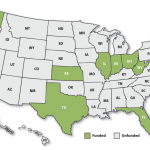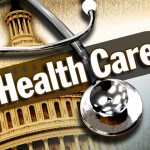
Prescription Drug Monitoring Programs: Lessons From 9 States
The CDC released a report Integrating & Expanding Prescription Drug Monitoring Program Data: Lessons from Nine States detailing a promising strategy for addressing the prescription opioid overdose epidemic. The study focused on improving the use of prescription drug monitoring programs (PDMPs)…






